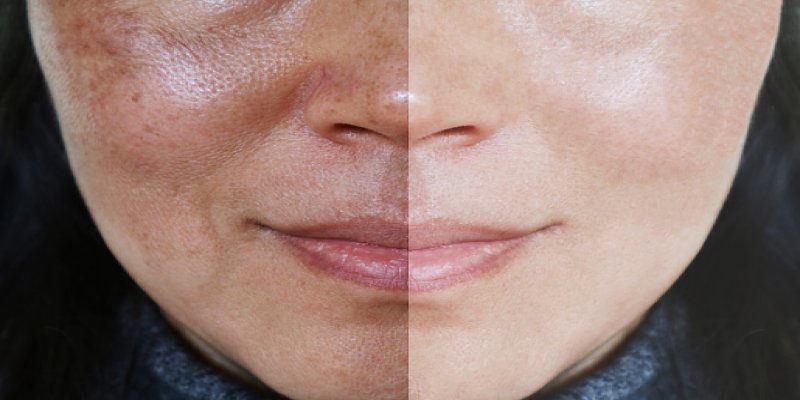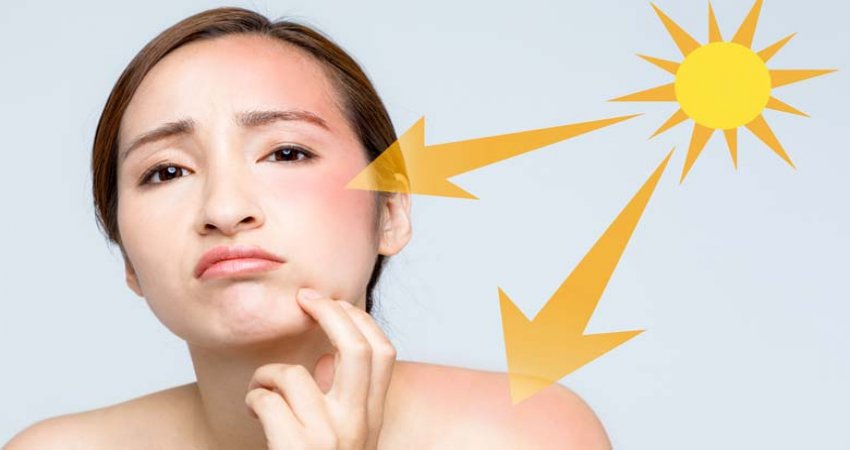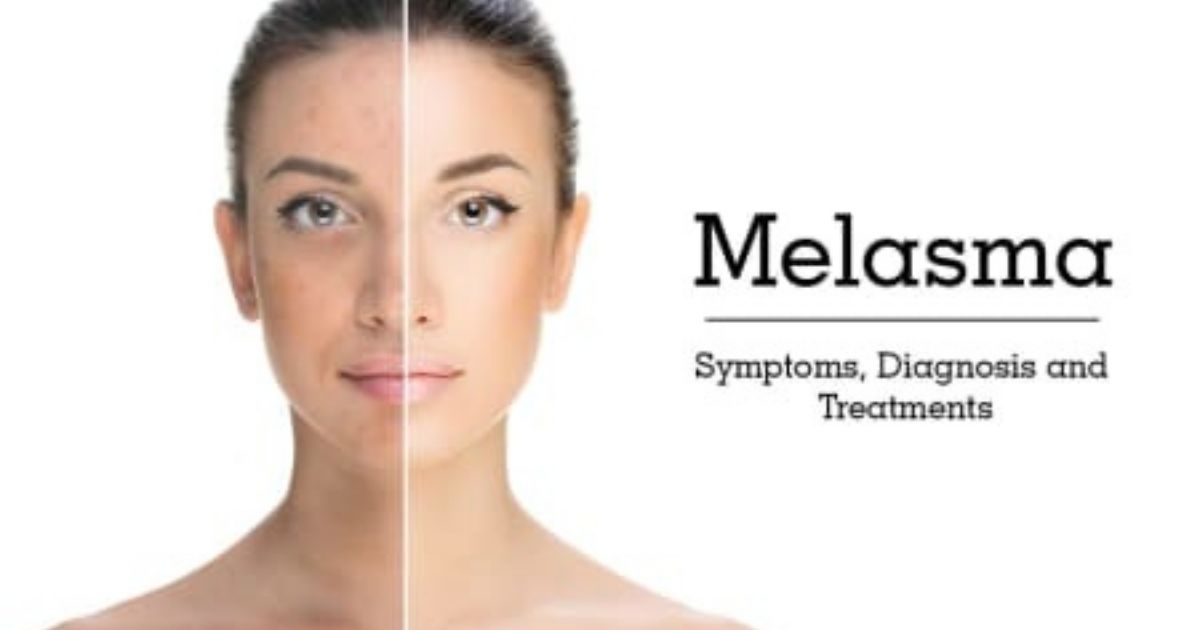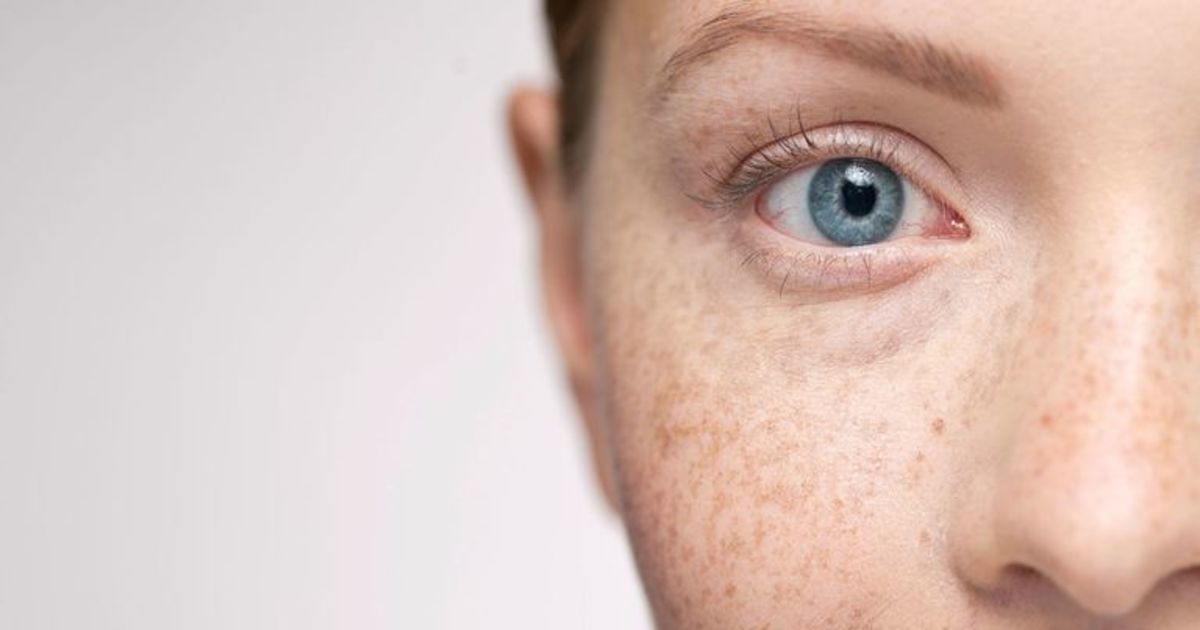Melasma is a skin condition that is characterized by brown or gray-brown patches on the skin. It can be triggered by a lot of things, with sun exposure remaining to be a major factor behind the disorder.
Types of Melasma
Melasma can be diagnosed with Wood’s light examination. It can help identify the type of melasma, which can be categorized into any of the following:
- Epidermal Melasma. This condition is characterized by dark brown patches with well-defined borders. This is more obvious under Wood’s light, and as such, is more responsive to treatment.
- Dermal Melasma. The patches, which have ill-defined borders, appear bluish or light brown. Unfortunately, this responds poorly to treatment.
- Mixed Melasma. This common type comes with a combination of bluish, light brown, and dark brown spots. It partially responds to treatment.
UV Ray Exposure and the Skin
The skin is the body’s first line of defense against the elements, including that of the sun’s UVA and UVB rays. While harmful, sunlight is necessary for the synthesis of Vitamin D, a nutrient vital for bone and dental health.
UV rays prod the skin to produce melanin, a pigment that is responsible for your skin, hair, and eye color. This explains why you experience immediate pigment darkening after sun exposure. The increased amounts of melanin help serve as the skin’s natural defense against the sun.
Unfortunately, UV rays are potent enough to penetrate the deeper layers of the skin. This can disrupt the body’s natural pigmentation process, which can then lead to melasma.
In worse cases, UV rays can end up damaging or killing the skin cells, making the surface ‘less elastic’. This can result in premature skin aging, with symptoms that include wrinkles, fine lines, and dark spots.
Visible Light and Melasma
Apart from harmful UV rays, visible light exposure can also lead to melasma. Unfortunately, this light is present in 40% of the sun rays that reach the earth’s surface. In fact, spending 15 minutes underneath the sun is enough to give you a damaging dose of visible light.
While it’s advisable to stay indoors, your home comes with a bevy of visible light sources as well. They include light bulbs, neon lights, and fluorescent bulbs.
According to a study, visible light can trigger melanogenesis or the production of the melanin pigment. It can lead to melasma in people with skin of color, specifically those belonging to the following Fitzpatrick skin types:
- Type III: Light brown skin, which is sensitive and sometimes burns. It is often seen in fair-skinned, fair-haired Caucasians and northern Asians.
- Type IV: Moderate brown skin, which is mildly sensitive and burns minimally. Ethnicities that belong to this type include Southern Asians, Mediterranean individuals, and Middle Eastern Caucasians.
- Type V: Dark brown, which is a skin that is resistant and rarely burns. Some Hispanics and Africans belong to this category.
More Melanin, More Melasma
As mentioned, melanin helps protect the skin from sun exposure. However, a high melanin content puts a person at a higher risk of hyperpigmentation problems, including melasma. According to a study, this is because darker-skinned people are more responsive to the effects of melanosomes, an organelle responsible for skin color and sun protection.
This mechanism explains the prevalence of melasma in those with skin of color. A study shows that it commonly occurs in darker complexions, specifically that of skin types IV to VI. For reference, type VI is a Deeply-pigmented dark brown or black skin that never burns. This deeply resistant type is seen in darker Africans and indigenous Australians.
Heat and Melasma
Apart from UV rays and visible light, heat can also contribute to melasma. Common sources include overhead desk lamps, work lights, oven, grill, heating lamps, and hair dryers.
According to an article by Drs. Lily Talakoub and Naissan Wesley, heat can trigger vasodilation, or the widening of blood vessels. It can also promote inflammation, which may stimulate the increased production of melanin in the skin.
The Best Way to Battle Melasma

Since UV rays, light, and heat contribute to the development of melasma, the best way to prevent the disease is to avoid exposure to these factors. You can do so by following these tips and techniques:
- Apply generous amounts of sunscreen.
To prevent UVA and UVB rays from deeply penetrating your skin, you need to apply generous amounts of sunscreen. For best results, make use of an SPF 30 (at minimum) product containing either titanium dioxide, zinc oxide, or iron oxide. You should use it at least 30 minutes before exposure, reapplying the product every 2 hours thereafter.
It is ideal to use sunscreen throughout the year, even during winter. While there are lesser UV rays during this season, the snow makes for a good reflecting surface for the sun. As such, you will still get UV exposure even if it’s snowing outside.
Like snow, the water and sand can easily reflect the rays of the sun. As such, you need to be more cautious in areas surrounded by the aforementioned elements.
- Use protective clothing.
Apart from using sunscreen, it will help to use clothes that shield the skin from the sun. They include wide-brimmed hats, long-sleeved shirts, pants, or a long skirt.
- Seek shade.
If you can, avoid exposing yourself to the sun from 10 am to 4 pm, when UV exposure is at its peak.
- Say no to sun tanning or tanning beds.
While paler people are less likely to develop melasma, tanning can greatly increase their chances. The sun or the bed’s UV rays can trigger melanin production, which may then lead to melasma. This could also lead to skin wrinkling, and even worse, skin cancer.
- Take sun supplements.
Apart from sunscreen, certain supplements may help defend the body from melasma-inducing UV rays. They include:
- Niacinamide. According to a study, this Vitamin B3 supplement may help repair the cells that have been damaged by constant sun exposure.
- Beta-Carotene. This antioxidant can help curb free radical damage, which is usually brought about by UV exposure. As such, a study suggests that beta-carotene may help support long-term protection against the sun’s harmful UV rays.
- Vitamin E. A study suggests that Vitamin E’s antioxidative properties may help defend the skin from sun-related damage.
UV rays, visible light, and heat greatly contribute to melasma patches. As such, you must protect yourself from these by using sunscreen and protective clothing. Taking supplements, such as Niacinamide, Beta-Carotene, and Vitamin E may also help, as they can aid in the repair of sun-induced skin damage.

 Add to favorites
Add to favorites 




Be the first to comment